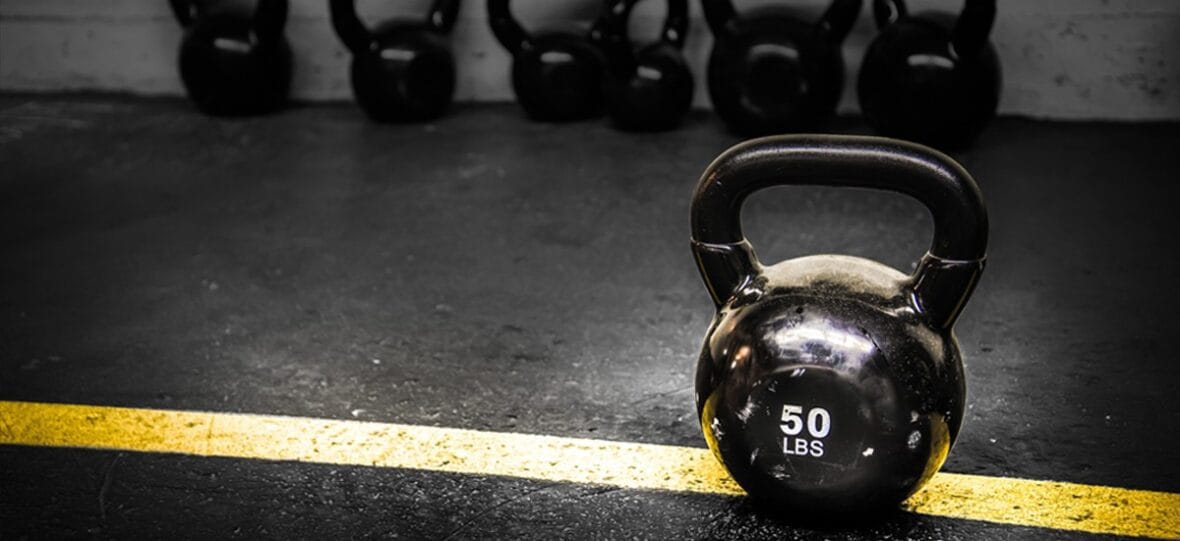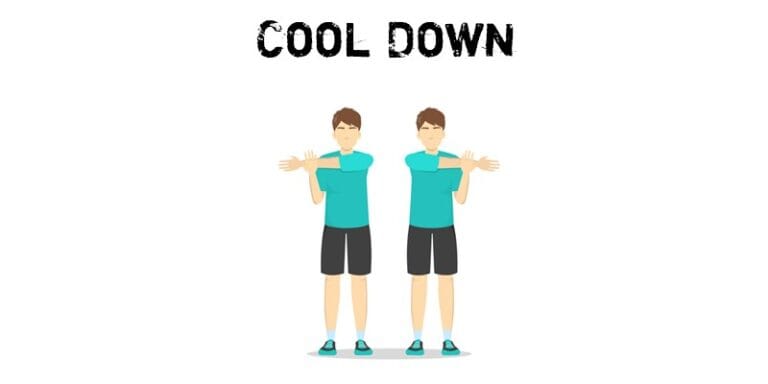HIIT is a popular training method for weight loss due to its shortness and effectiveness. A typical session can last from 15-45 minutes, which makes it ideal for anyone on a tight schedule. You don’t need a gym membership, equipment or lots of space, which makes this form of training accessible for everyone.
In this guide, we will look into the HIIT method and how it can help you to lose weight. It’s important to note it can also help you to develop your muscle. We have included some sample HIIT exercises at the bottom of this guide which you can use to kickstart/add to your weight loss journey.
Topics covered in this guide:
- What Is HIIT?
- HIIT Examples
What Is HIIT?
HIIT is a training programme which involves performing a set of cardiovascular workouts at high intensity with short breaks in between. An example of a HIIT workout is a “spin” class held by a personal trainer on a bike. Here you aim to reach around 80-90% of your maximum heart rate for a 15-20 second interval, followed by a rest for 15-30 seconds, repeating for the duration of the class.
HIIT & Weight Loss
Due to the high-intensity nature of HIIT, you can burn the same amount of calories as jogging or weight lifting, in a shorter time. Training at 80-90% of your max heart rate pushes your body out of its comfort zone and raises your metabolism. Your body then continues to burn calories AFTER the session is done, in order to get back to its normal state.
Certain HIIT exercises, such as squats, lunges and press-ups, can help develop your muscles. These gains are seen more prominently in beginners who have just started their fitness journey.
1. How To Do HIIT?
HIIT can be performed using bodyweight exercises such as squats, press-ups, burpees and mountain climbers. It can also be performed on most cardiovascular machines such as a bike, treadmill, rower or cross-trainer.
Here’s an example HIIT session which breaks down the workout process:
- Warm-up for 5 minutes.
- Sprint for 10-15 seconds and walk for 30 seconds – as you gain experience try to push the working time and reduce the resting time.
- Repeat for the duration of the session.
- If you feel dizzy or sick you should reduce the intensity.
2. How long is a HIIT session?
The whole point of a HIIT session is to make workouts more efficient. Normally a HIIT session can be completed between 15-30 minutes which is why it’s so popular, especially for full-time workers and parents. More advanced workouts can last up to 45 minutes.
3. How often should you do HIIT?
Ultimately this comes down to your goals and your experience level. If you are a beginner it’s good to start at a pace where you push yourself but don’t overdo it. HIIT exercises are often high impact and place greater stress on your joints. This should be considered before taking part.
You should aim to do HIIT no more than 2-3 times a week. Rest is just as, if not more important, than exercising itself. Not allowing your muscles/joints to recover may lead to injury or negative results.
 Image Credit: marybettiniblank | Pexels
Image Credit: marybettiniblank | Pexels
HIIT Examples
To help you get ideas for HIIT workouts, we’ve compiled a list of exercises below. Build your own routine but remember to apply the rules from above.
Beginners: 30 seconds of exercise (70-90% max heart rate): 30 seconds of rest. Repeat for 15 -20 minutes.
Intermediate: 40 seconds of exercise (80-90%): 20 seconds rest. Repeat for 20-30 minutes.
Advanced: 45 seconds of exercise (80-90%): 15 seconds rest. Repeat for 20-30 minutes.
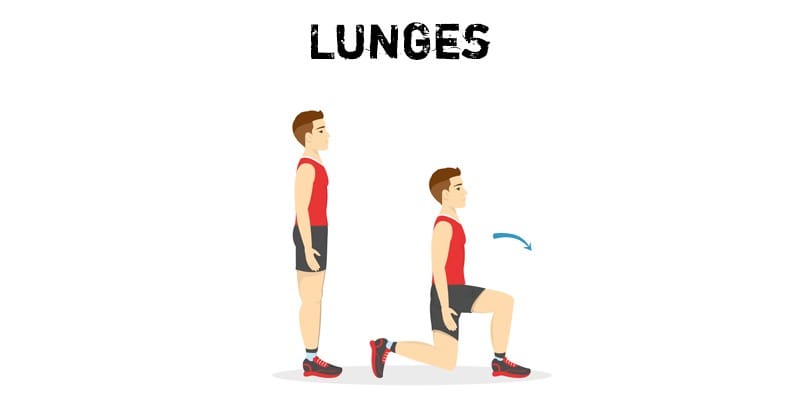
Lunges are great for your legs and stability. Keep your back straight and kneel forward on one knee (without touching your knee on the ground) and revert back to neutral. Repeat this on both sides.
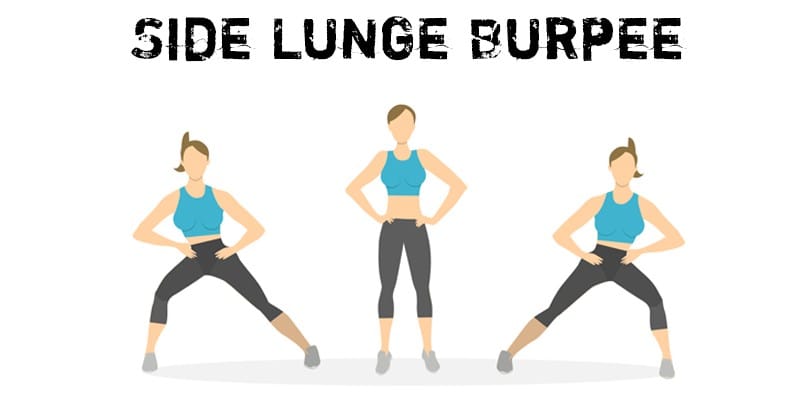
Place your hands on your hips and perform a sideways lunge. Come back to the centre, jump up then proceed to lunge on the other side.
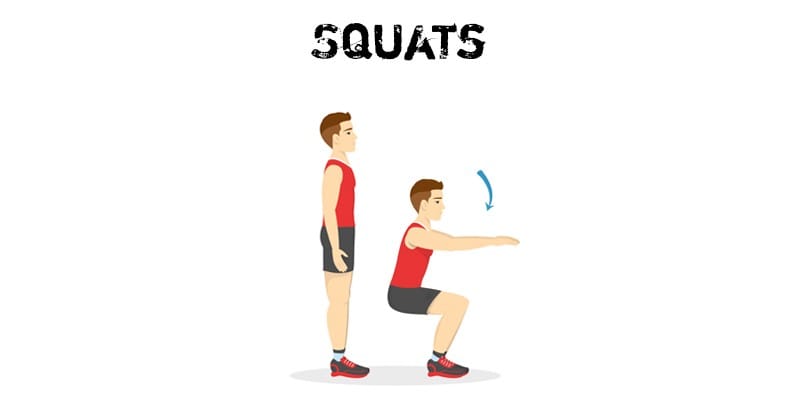
Bodyweight squats are one of the most fundamental leg exercises out there. Keep your back straight and squat down – you should feel your core, glutes and legs activate. Return to normal and repeat.
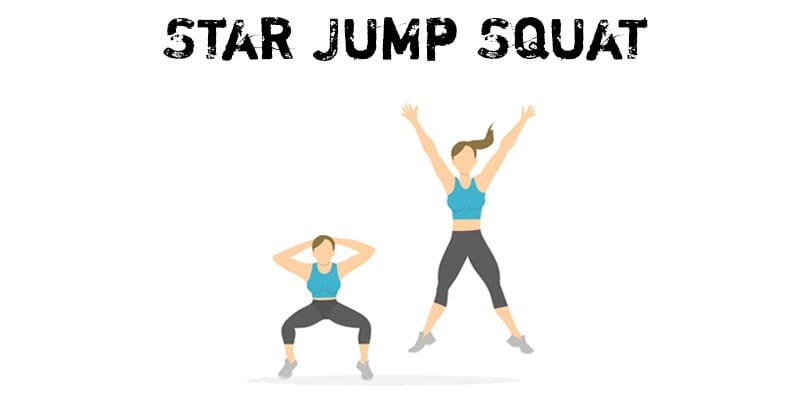
The star jump squat is a great total body exercise. Perform a bodyweight squat and as you come back up, jump and reach upwards with your arms. When you land, repeat both moves again.
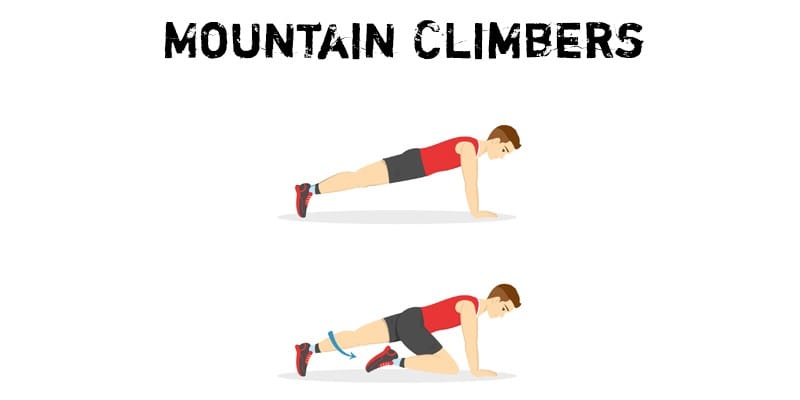
Mountain climbers test your shoulder strength and really work your legs and core. Get into a press up position and holding yourself there bring your knees up one at a time towards your hands at a steady pace.
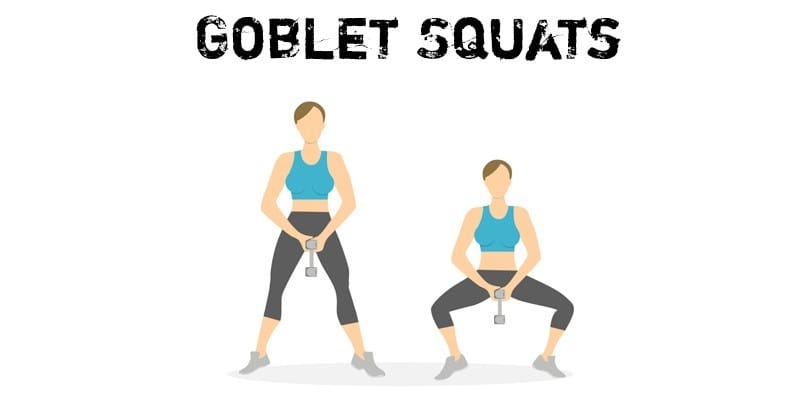
Goblet squats are a variation of the bodyweight squat. Hold a weight in front of you with your arms slightly bent to stop it hitting the ground. Perform a squat making sure you keep your core engaged.

